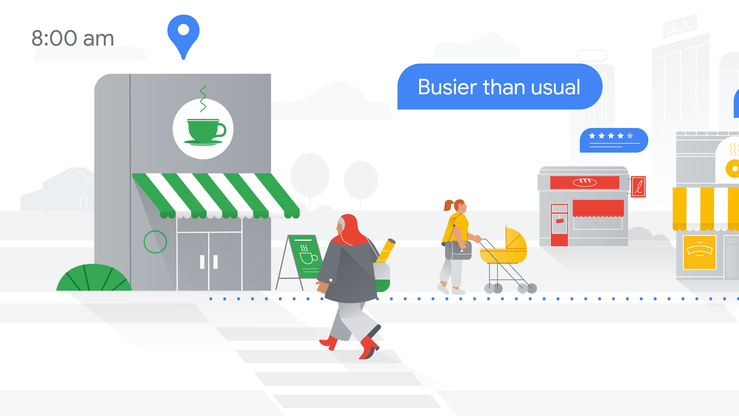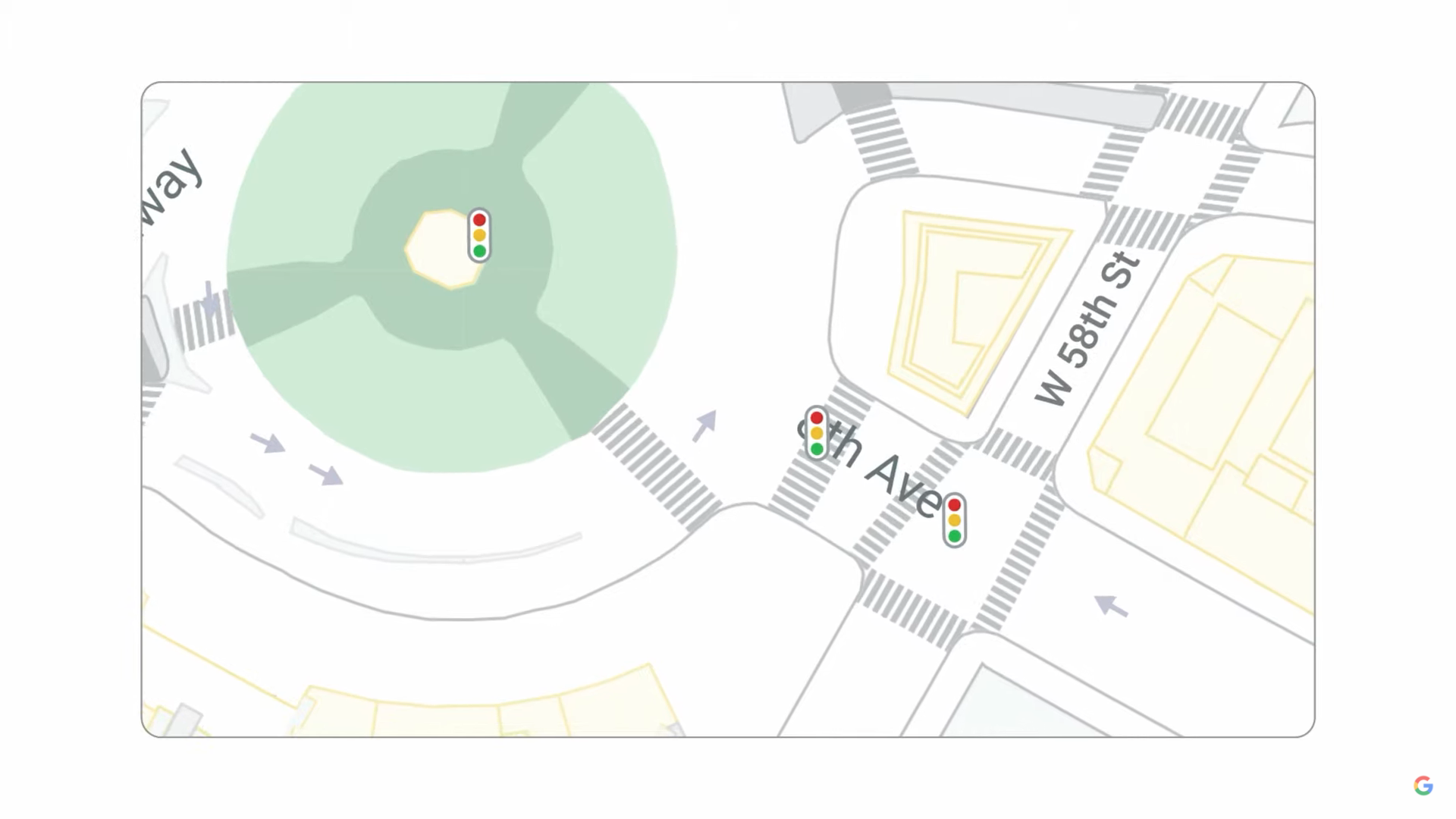Google Maps is getting five major upgrades - and is trying to save lives
5 new features include detailed street maps and avoiding car accident hot spots

Five new features have been announced during the Google IO 2021 keynote which will bring big upgrades to the Google Maps service, with one in particular likely to be popular with those slowly returning to normality after long periods of lockdown.
These cover a wide range of new features, allowing you to find out where you should be driving if you're a nervous driver, where to avoid (or visit) if you don't want to be near busy hotspots, and allowing you to see more information when you're live viewing through your phone's camera.
There are a lot of new features to go through, and we've wrapped up why each is important and how they'll be landing on your phone.
- Google IO 2021: every that's been announced
- Android 12: the next major Android update
- iOS 15: Apple's answer to the next Android upgrade
1. No one likes hard-braking moments
Launching on Android and iOS globally in the coming months, Google's latest routing updates for Maps sees the service plan ahead and select routes which have the lowest chance of 'hard-braking moments'.
These moments – which can be caused by sudden traffic jams, confusing junctions or road closures – can result in more accidents, and Google claims that its new technology will help reduce the number of accidents on roads, after work with the Virginia Tech Transportation Institute - and the brand believes it can reduce up to 100 million potentially crash-worthy incidents.
Google says it takes the fastest routes and evaluates which will have fewer chances of hard-braking moments. If the estimated drive time is the same (as the fastest route) or only a little longer, then the safer route is the one Google will suggest as default.
It believes this routing option can reduce hard-braking moments by 100 million per year.
Sign up for breaking news, reviews, opinion, top tech deals, and more.
2. Live View goes more inside
Also launching on Android and iOS globally in the coming months are enhancements to Live View in Google Maps, which offers up an AR (augmented reality) street view display of your surroundings, overlaying key information such as road names and navigation directions on top of the live feed from your smartphone’s camera.
It will also show greater information about businesses around you, like a live guide to tell you where to visit.
While the feature is well established in 100 countries for outdoor locations, the new update will see an expansion to indoor locations including shopping malls, airports, train stations, museums and more – which became available in a limited capacity earlier this year.
The expanded indoor Live View will roll out first in Zurich, followed by Tokyo the month after, with more cities being added in the future.
3. Maps with more detail

Google is adding even more detail to its maps, as it aims to give users an idea of what an area is like before they visit it – from information on crosswalks and sidewalks, to areas which are accessible to wheelchair users and more.
Detailed street maps are currently only available in a handful of cities, but Google will expand this by another 50 by the end of 2021, with cities like Seattle, Singapore, Berlin and Sao Paulo all in line for the upgrade this year.
It'll be available on the Google Maps app on both iOS and Android, with more cities coming very soon.
4. A more tailored map
All this additional detail may feel a little excessive for some users, but Google is attempting to fight those fears by offering tailored maps – removing the information you don't want, while keeping the things which are important to you.
Google Maps can learn your frequent routes and activities, so if it knows you tend to stop by a coffee shop each morning, it'll show these more prominently during your commuting hours, while in the evening it can highlight restaurants and bars.
It can also detect if you're visiting somewhere you don't regularly go, and bring landmarks, places of interest and attractions (based on your likes and previous activity) to the fore, to help you explore your new surroundings and will let you click through to see more information.
Tailored maps will launch on Android and iOS Google Maps app globally in the coming months.
5. Post-pandemic possibilities

Many of us are more cautious when we're out in public, and people are trying to avoid busy and crowded places, allowing them to socially distance themselves more effectively.
Google has spotted this post-pandemic trend and is building in area busyness to Google Maps. It can already provide information on certain locations – such as bars and restaurants – but the new Maps update will allow it to provide information on an entire area.
The aim is to help users understand when certain streets or neighborhoods are much busier than usual, so you can make informed decisions on where to go, and where to avoid at particular times.
Google says Area Busyness will be on by default within Maps, but that it'll be a subtle experience that won't get in the way of usage.
We'll have to wait and see if that's the case when it rolls out globally in the coming months on Android and iOS.

TechRadar's former Global Managing Editor, John has been a technology journalist for more than a decade, and over the years has built up a vast knowledge of the tech industry. He’s interviewed CEOs from some of the world’s biggest tech firms, visited their HQs, and appeared on live TV and radio, including Sky News, BBC News, BBC World News, Al Jazeera, LBC, and BBC Radio 4.